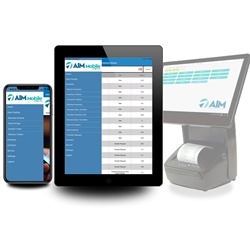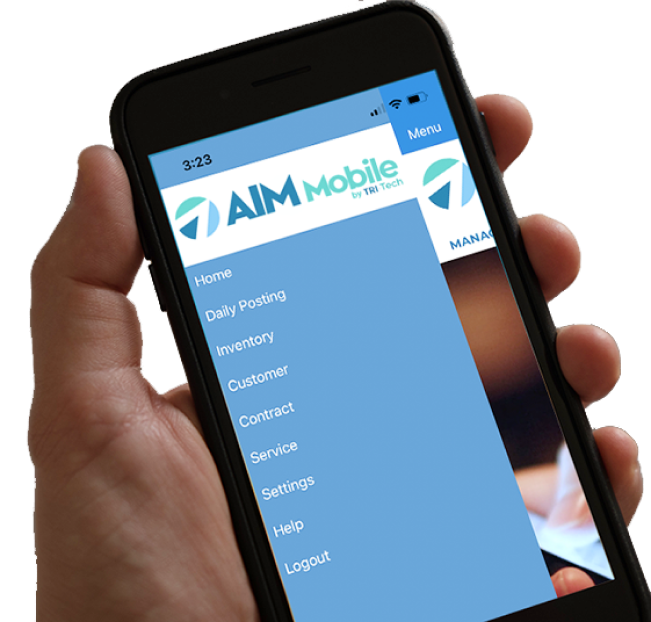Managing inventory in a music store comes with challenges. Between rentals, repairs, and accessories, products move quickly, and keeping everything organized requires more than guesswork.
Even small errors, like miscounting a box of cables or double-listing a guitar model, can lead to lost sales and frustrated staff. Customers can take their business elsewhere when they can’t find what they need.
This is where effective music store inventory management makes a difference. With the right tools and consistent processes, you can stay organized, reduce mistakes, and keep your customers coming back.
Here are five practical tips to help simplify your inventory management and make your store easier to run.
1. Sort Inventory by Category for Faster Finds
Managing everything with a one-size-fits-all system in a music store is like using one amp setting for every gig — it just doesn’t work. New electric guitars, rental keyboards, and secondhand trumpets play different roles and deserve their own space on the inventory stage.
To tighten up your music store inventory management, start by breaking it down into clear, easy-to-navigate categories:
- New gear
- Used gear
- Rentals
- Accessories
- Repair parts
Add subcategories where needed — “pedals,” “drum hardware,” or “pro audio cables” — so your team can sort gear fast, and customers can find what they need without missing a beat. It’s a small move that helps keep your shelves in tune and supports quality customer service every step of the way.
2. Sync Inventory in Real Time With Mobile Tools
In a music store, gear doesn’t sit still. Whether it’s a guitar pulled for a lesson or a sax heading to the repair bench, your stock count is off-key before you know it. If your gear’s moving fast, your inventory system needs to move faster, and real-time updates are the only way to keep up.
Mobile applications that integrate with your point of sale (POS) system can make a big difference in a busy music store with hundreds, if not thousands, of unique SKUs. When paired with your POS, an app like AIM Mobile lets your team adjust inventory, check availability, and even complete sales — all from the palm of their hand.
Need to do a cycle count? Grab your phone and walk the floor. You can update bins, shelves, or even entire categories without shutting down for the day. It’s quick and keeps your crew efficient — even with a skeleton staff.
Because AIM Mobile syncs with Tri-Tech’s AIM POS, every time someone rents a keyboard, returns a mic or buys the last distortion pedal, your system updates instantly. This means fewer mistakes, fewer double-sold items, and an easier experience for customers and staff.
3. Tag Every Item To Stay on Top of Inventory
In music store inventory management, if it’s for sale, it needs a barcode. No exceptions. That includes the pick wall, the bin of tangled patch cables, and, yes — even the stack of used pedals with handwritten price tags.
Barcoding brings order to the chaos. It lets your team check gear in and out faster, create accurate purchase orders, and avoid those small data-entry slip-ups that snowball into major inventory headaches. New hires can jump right in, scanning instead of guessing, without needing to memorize SKUs or hunt for the mysterious “misc cables” section.
Barcode systems also train your team to see inventory the same way — consistently, clearly, and with fewer errors. It’s like giving everyone the same sheet music: Suddenly, everything’s in sync.
Don’t stop at new gear, either. Print custom labels for used, repackaged, or consignment pieces with details like make, model, and condition. Whether a trade-in guitar or a rental return, every piece deserves its own tag. Using a solid inventory system keeps things organized and your workflow on track.
4. Schedule Checks To Catch Inventory Gaps
Waiting until year’s end to count your inventory? That’s like tuning your guitar once a year — things are bound to get messy. High-turnover items like drumsticks, strings, and patch cables move fast; you’ll hit some sour notes if you’re not checking regularly.
Instead, build a rotation that fits your store’s tempo. For smaller shops, a simple monthly plan works: Check guitars one week, brass the next, and then move on to pro audio. No need for a full-day shutdown — just 15 to 30 minutes per section keeps things tight and on track.
Log each check into your POS so nothing slips through the cracks. The more gear you carry, the more frequently you should tune in. Weekly spot-checks on key sections for larger stores can prevent minor inventory glitches from becoming full-blown problems.
5. Connect Online and In-Store Inventory
Selling online opens up a huge world of retail opportunities — until someone buys a guitar you sold off the floor yesterday. Suddenly, your big win becomes an awkward refund email. If your music store inventory management isn’t synced across all channels, you're setting yourself up for trouble.
Your POS should pull live data across all sales channels — your website, store, and third-party marketplaces. When sales, rentals, returns, and repairs are all updated instantly, you avoid double-sells and stock count surprises.
This is all about trust. Especially with used gear, what’s listed online needs to match what’s on the floor, right down to the photos and product descriptions. One mismatch and your reputation is at stake.
Syncing gives your staff full visibility and confidence: They can place orders, confirm availability, and make promises they can keep. For musicians on a deadline — like a last-minute rental before a gig — reliability isn’t a bonus. It’s essential.
Even with basics like strings or sticks, you might get away with a substitute once. But what if your store becomes “the place that never has what I need”? That’s a reputation that’ll follow you — and not in a good way.
Take Control of Music Store Inventory Management One Beat at a Time
In the music industry, a tight performance depends on rhythm, timing, and the right gear — and your inventory should be no different. Great music store inventory management is about consistency, visibility, and having the right tools to avoid stockouts, lost items, and ordering issues.
With an accurate POS system, your store can run at full volume. AIM by Tri-Tech delivers music store-specific tools to help you stay organized — no matter how fast your gear moves.
AIM’s built-in inventory features sync across online and in-store channels, giving you total control. Add detailed descriptions, conditions, and pricing for every item so your staff knows what they’re selling and your customers always know what they’re getting.
With AIM Mobile, your team can manage stock on the go — whether on the sales floor, in the lesson room, or back in repairs. When connected to your e-commerce site via Active-e, your listings stay current, so what customers see online reflects what’s on your shelves.
Stop letting inventory chaos slow you down. Request a demo of AIM and get your music store back on track.






